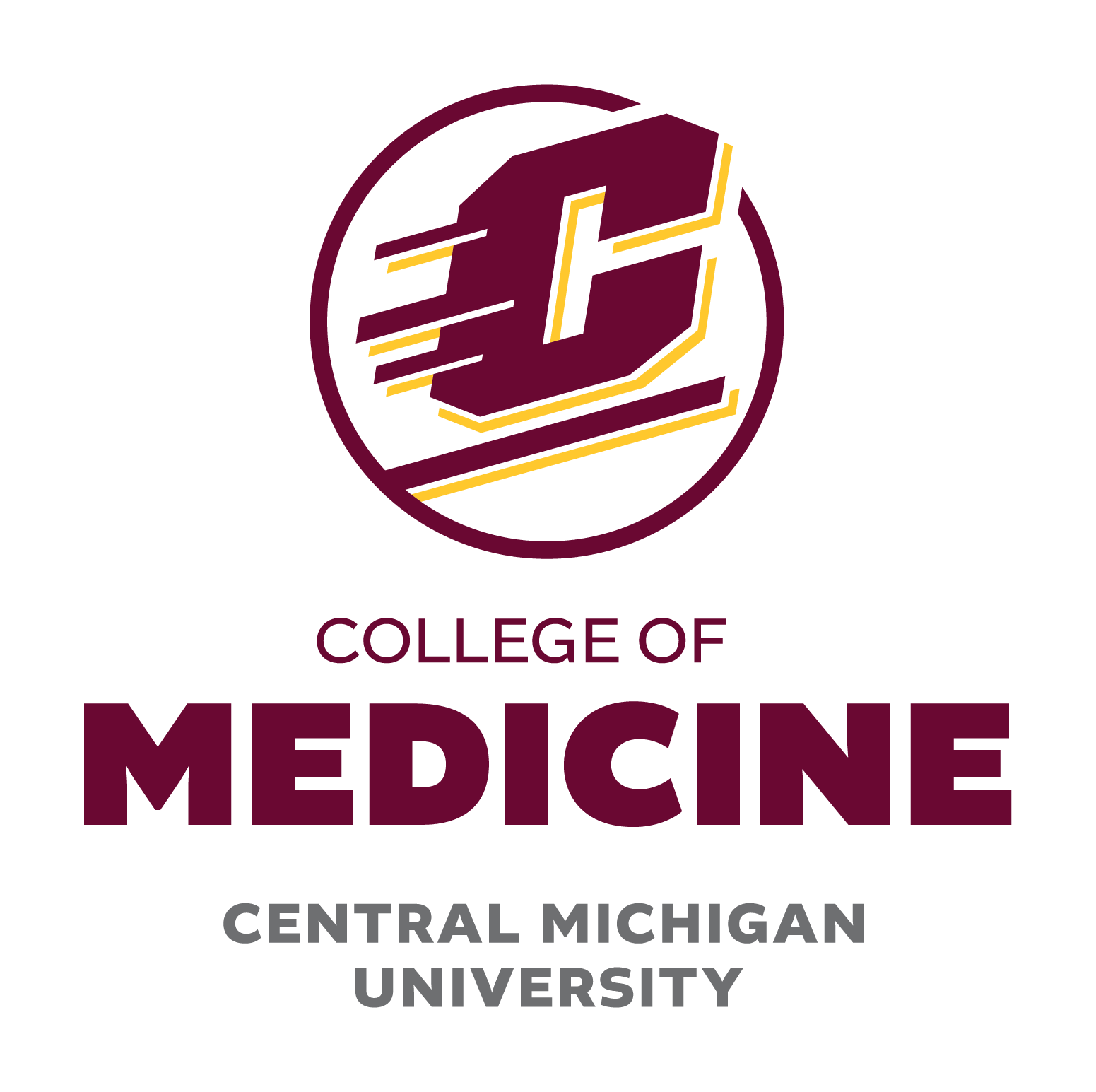Pediatric Hematology Oncology Journal
Abstract
Sickle cell disease (SCD) was first described in 1910 in African Americans, and the mutant hemoglobin S (HbS) was identified by electrophoresis in 1948. Sickle cell disease is the first genetic disorder to be molecularly defined: a single point mutation in the β-globin gene (GAG/GTG) results in the substitution of valine for glutamic acid at amino acid residue 7 (including the starting methionine). Pharmacological interventions aimed at correcting the defect at the molecular or protein level have proven complex. The only established curative therapy is hematopoietic stem cell transplantation, although recent gene therapy approvals provide hope for similar outcomes. In this article, we discuss voxelotor, a drug designed to reverse the hemoglobin polymerization defect caused by the β7Glu > Val substitution in the hemoglobin molecule.
© 2024 Pediatric Hematology Oncology Chapter of Indian Academy of Pediatrics. Publishing Services by Elsevier B.V. This is an open access article under the CC BY-NC-ND license (http://creativecommons.org/licenses/by-nc-nd/4.0/).
Introduction
Sickle cell disease (SCD) is clinically characterized by recurrent episodes of pain, organ damage, and premature death. It is estimated that globally, 300,000 people are born with SCD each year. The disease was first described in 1910 in African Americans. The mutant hemoglobin S (HbS) was identified by electrophoresis in 1948 by Linus Pauling, and the amino acid change was identified in 1956—a single point mutation in the β-globin gene (GAG/GTG and CTC/CAC) results in the substitution of valine for glutamic acid at amino acid residue 7.
During times of stress, such as hypoxemia, dehydration, or acidosis, HbS polymerizes into long strands, stretching red blood cells (RBCs) into the characteristic ‘C’-shaped sickle cells. These sickled RBCs lose the flexibility necessary to traverse narrow capillaries and sinusoids throughout the body, resulting in vaso-occlusion and mechanical stress on the cells themselves. Vaso-occlusion leads to acute ischemia-reperfusion injury to tissues. Mechanical stress, coupled with oxidative damage and altered energy utilization within the RBC and its membrane, results in chronic intravascular and extravascular hemolysis. Besides causing chronic anemia, hemolysis leads to chronic oxidative damage to blood vessels and all organs. Free heme and oxygen free radicals, continuously released into the circulation due to ongoing hemolysis, are pivotal in the pathophysiology of SCD.
Naturally occurring modifiers of this pathobiology have been identified, most notably the concurrent presence of high amounts of fetal hemoglobin (HbF). The Arab-Indian haplotype, single nucleotide polymorphisms in BCL11A, KLF1, HBS1L-MYB, and the Hs40 hypersensitivity site are associated with elevated levels of HbF. HbF molecules interfere with polymer propagation and, thus, sickling.
Review and discussion
Hematopoietic stem cell transplantation (HSCT) is the only known curative therapy. However, HSCT has its own long-term (and potentially fatal) complications, and its applicability is restricted by the availability of suitable donors. Until the late 1980s, therapies for SCD focused on symptom management, such as pain control and prevention of pneumococcal sepsis.
In the mid-1980s, Charache and colleagues showed that the hypomethylating agent azacitidine increased HbF and reduced the frequency of hospitalizations due to painful crises. Subsequently, similar or better clinical efficacy was demonstrated with hydroxyurea (HU), an orally administrable HbF-inducer drug.



